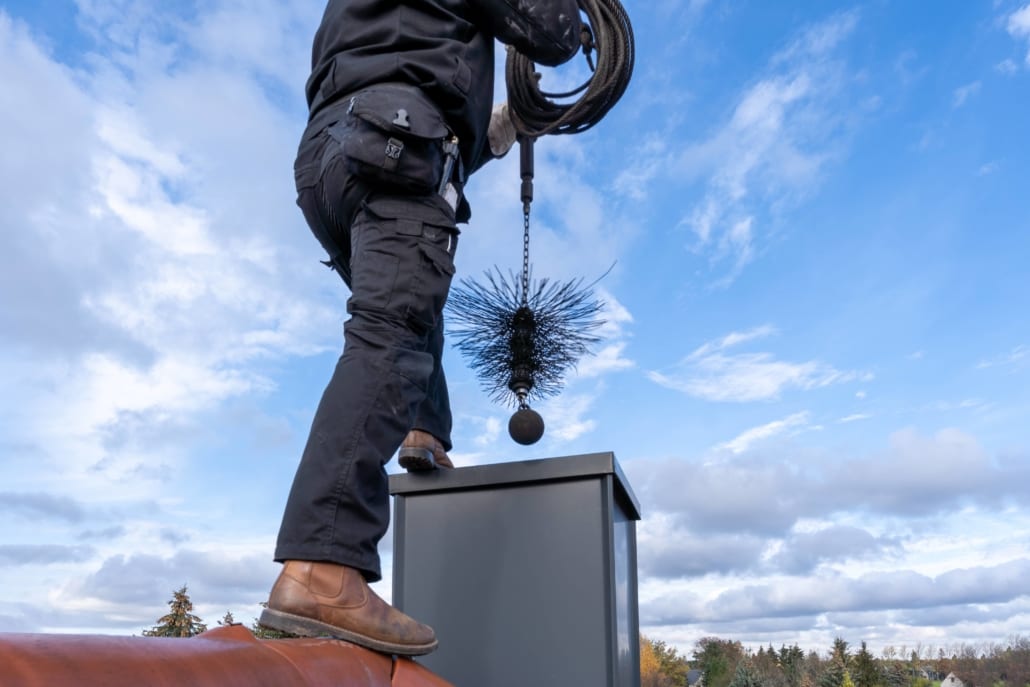What is a Fireplace Lintel
Fireplaces are a luxury to have in the home. Many people don’t see it that way but if your home has one and there is a cold night, you are a lucky one. It is relaxing as you listen to the crackling and pop from the fireplace producing heat for the home. Does your fireplace have an arch or lintel bar on the front of the fireplace? This bar is a fireplace lintel. What is a fireplace lintel? It is a beam that protects the structure of the fireplace and also keeps the chimney from coming down. Some people don’t think it is important but it is!
Let’s take a look at why the fireplace lintel is important, what they are made of, the jobs of a fireplace lintel, what happens when it is removed, adding or replacing a lintel and other maintenance.
Why the Fireplace Lintel is Important
As mentioned above, the fireplace lintel is not there just for show, but it provides support for the weight of the chimney and also protects the other parts from the high temperatures of the fire. Sometimes it is closer to the back of the firebox and near the part of the chimney that many call the “throat.” It is about 4 inches into the side of the wall and is often made of brick or stone and extends into the walls.

What a Fireplace Lintel is Made Of
Old homes usually have a wooden lintel while new homes use a variety of materials such as stone, brick, steel, or concrete. Sometimes timber is used but not as much as it is a combustible material.
Steel– made for large openings and heavy loads. It is made with rolled steel joists embedded in concrete and is long lasting.
Concrete– this material is fire resistant and can handle any weight. It is usually 8cm in width and just like steel, is a long lasting material.
Brick– this is used when the opening is less than 1m and the load of bricks is light. It is 10 -20 cm in depth.
Stone– these are about 10cm per meter of width and very heavy. They are vulnerable to cracks because of the way the structure vibrates with this material.

A Fireplace Lintel Has Many Jobs
The fireplace is held together by mortar and joints and just like with many things, they deteriorate over time. If there is no lintel, the front of the chimney can crash into the firebox or fireplace opening, causing a mess and big expense.
The lintel is also necessary because when it is time to have a chimney cleaning, powerful tools are used to clean it. These tools can rattle the chimney and without support, it can fall.
Lastly, due to the high temperatures that come from the fire, the lintel will protect the chimney masonry from deterioration. The lintel reduces heat exposure, extends the chimney’s life, and decreases the risks of cracks and other heat damage.
What Happens When the Fireplace Lintel is Removed
Sometimes a designer, a DIY homeowner, or other person will remove the lintel to make the fireplace look taller. When in actuality, they are making it less structurally sound. Also removing it causes the smoke to go into the home instead of up and out of the chimney.
Adding or Replacing a Fireplace Lintel
- Adding a lintel should be done by a professional as it can be difficult to install them for someone not trained.
2. Make sure that the bearing on each side is enough to hold the weight so that it doesn’t collapse.
3. Height of the lintel should be enough to support the hearth thickness .
If you have a lintel and it is too high, one can be installed underneath that is the right size.
Other Maintenance In and Around the Fireplace
An estimated 25,000 fires start each year because of the chimney so it is important to maintain.
Chimney maintenance – should be done in the summer and involves looking to see if there are cracks in the seals, build-up of soot, or dead animals or nests. A certified inspector should do this from the Chimney Institute of America.
Roof– checking the roof is a good idea as well in the summer. You will be looking for any missing shingles, drip flashing, and that the eaves are attached, and the gutters are clean. The last thing you want is a backup of water in the home.
Water can also come through the outside walls so taking a look around the outside of the home for negative grading and water intrusion is a good idea.
When to Contact a Professional
If you are remodeling your fireplace, check with a chimney inspector who is certified with the National Fireplace Instititute. He or she can look at the plans and make sure they will be up to code.
Conclusion
Many people don’t realize that the lintel is an important part of the chimney and fireplace. It is holding up the structure and also directing the smoke in the right direction. Not sure if yours is working correctly or if you have one? We can take a look at the lintel and chimney during our home inspections in Chicago, Illinois. Think you might need one of our services? Comment below.










